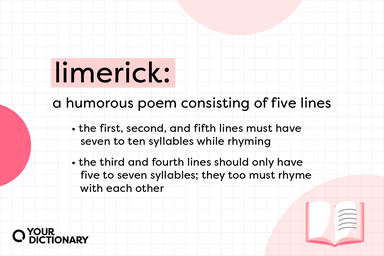On the death of Nicholas Firlej in 1526 Tarnowski became grand hetman of the crown, or Polish commander-in-chief, and in that capacity won his greatest victory at Obertyn (22nd August 1531) over the Moldavians, Turks and Tatars, for which he received a handsome subsidy and an ovation similar to that of an ancient Roman triumphator.
But the idea of a retreat was intolerable to him, so he determined to march southwards instead of northwards as suggested by his generals, and join his forces with those of the hetman of the Dnieperian Cossacks, Ivan Mazepa, who had 100,000 horsemen and a fresh and fruitful land at his disposal.
On the 18th of April 1648, at the general assembly of the Zaporozhians, he openly expressed his intention of proceeding against the Poles and was elected hetman by acclamation; on the Toth of May he annihilated a small detached Polish corps on the banks of the river Zheltndya Vodui, and seven days later overwhelmed the army of the Polish grand-hetman, massacring 850o of his 10,000 men and sending the grand-hetman himself and all his officers in chains to the Crimea.
Chodkiewicz's own army, unpaid for years, abandoned him at last en masse in order to plunder the estates of their political opponents, leaving the grand hetman to carry on the war as best he could with a handful of mercenaries paid out of the pockets of himself and his friends.
In 1632 he was appointed to the long vacant post of hetman wielki koronny, or commander in chief of Poland, and in that capacity routed the Tatars at Sasowy Rogi (April 1633) and at Paniawce (April and October 1633), and the Turks, with terrific loss, at Abazd Basha.





